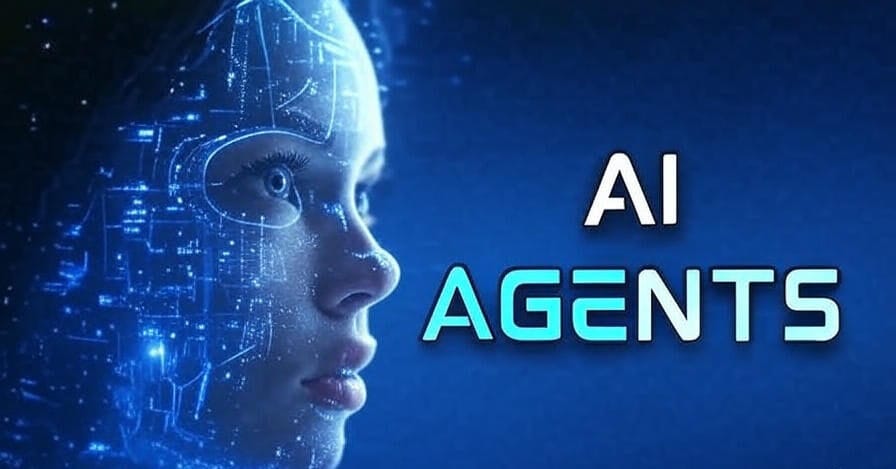
In 2025, the rapid adoption of artificial intelligence AI agents in enterprises has revealed a stark reality: approximately 95% of these initiatives fail to deliver measurable financial returns or scale to full production. This finding, highlighted in a July 2025 MIT report, underscores a significant challenge in harnessing AI’s potential. Far from signaling a flaw in AI technology, this high failure rate points to critical gaps in implementation, strategy, and organizational readiness. This blog examines the reasons behind these failures, highlights successful approaches, and offers insights for enterprises aiming to bridge this gap.
Understanding the AI Failure Landscape
Root Causes of High Failure Rates
The MIT study, based on extensive research, identifies several factors contributing to the 95% failure rate of AI agent deployments:
- Inadequate Workflow Integration: Many organizations apply AI agents to outdated processes, failing to redesign workflows to leverage AI’s capabilities effectively.
- Limited Adaptability: Generic AI models often lack the ability to learn from or adapt to specific enterprise contexts, resulting in suboptimal performance.
- Organizational Resistance: A reluctance to embrace new tools and processes hinders adoption, with employees and systems struggling to align.
Defining Failure in Context
Failure, as defined in the study, refers to projects that do not yield financial benefits or progress beyond pilot stages. This metric, while rigorous, may overlook long-term potential or non-financial gains, such as improved employee efficiency or data insights.
Success Stories: The 5% That Thrive

Characteristics of Successful Deployments
The 5% of AI projects that succeed share distinct traits:
- Targeted Applications: These initiatives focus on specific, high-impact areas like procurement automation or data summarization.
- Vendor Collaboration: Enterprises partnering with specialized AI vendors achieve a 67% success rate, far surpassing the 33% for in-house solutions.
- Adaptive Systems: AI agents with learning capabilities and context retention perform better in dynamic business environments.
Lessons from the Leaders
Successful organizations redesign workflows to integrate AI seamlessly, fostering human-AI collaboration. They prioritize small-scale, high-value projects and invest in systems that evolve with organizational needs.
Broader Insights and Challenges
Technical Limitations
Beyond implementation issues, technical constraints contribute to failures. Studies from 2025 indicate that even advanced AI agents struggle with complex, multi-step tasks. For instance, research from Carnegie Mellon University shows that leading models fail up to 90% of real-world office tasks, highlighting gaps in reliability and adaptability.
The Role of Hype and Misalignment
The AI industry’s rapid growth has led to “agent washing,” where non-agentic tools are marketed as advanced AI solutions. This misalignment between expectations and capabilities contributes to disillusionment and project abandonment. Enterprises must critically evaluate vendor claims to ensure solutions match their needs.
Strategies for Overcoming the Divide

Practical Steps for Success
To join the successful 5%, organizations should adopt the following strategies:
- Redesign Processes: Build workflows that integrate AI as a core component, not an add-on.
- Start Small: Focus on low-risk, high-volume tasks to demonstrate value and build confidence.
- Partner Wisely: Collaborate with vendors offering context-aware, adaptive AI solutions to maximize impact.
Fostering Organizational Readiness
Investing in employee training and fostering a culture of adaptability are critical. Enterprises must create feedback loops where AI systems and employees learn from each other, ensuring continuous improvement and alignment with business goals.
Looking Ahead: Bridging the Gap
The 95% failure rate of AI agent deployments in 2025 serves as a wake-up call for enterprises. While the statistic highlights significant challenges, it also points to opportunities for those willing to rethink their approach. By focusing on targeted applications, leveraging vendor expertise, and fostering adaptive systems, organizations can overcome the barriers to successful AI adoption. The path forward lies in aligning technology with strategic goals, ensuring AI agents deliver tangible value. As enterprises refine their strategies, the lessons from 2025 will pave the way for a more effective integration of AI, transforming businesses and unlocking new possibilities.







